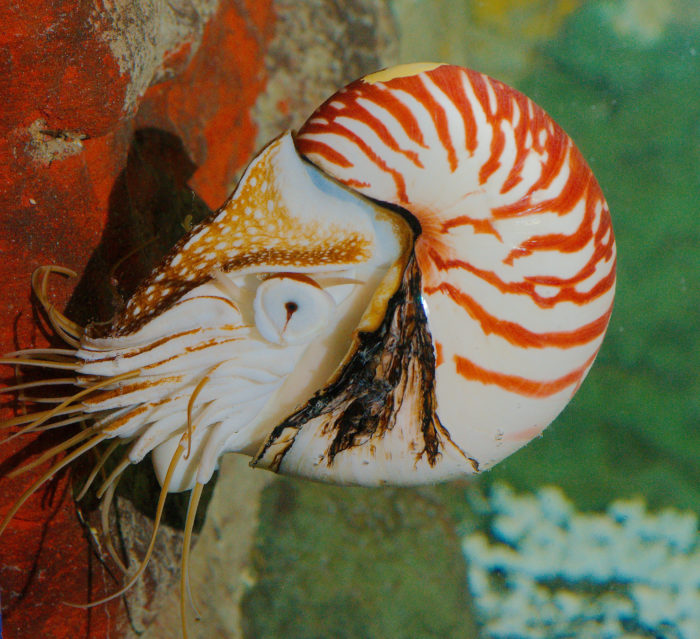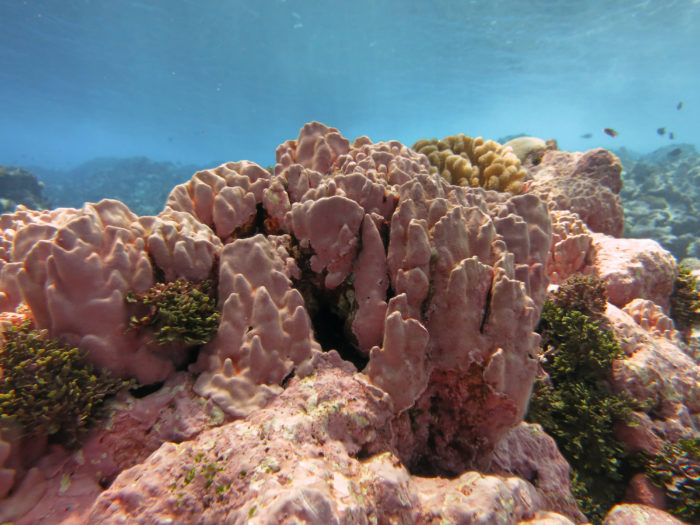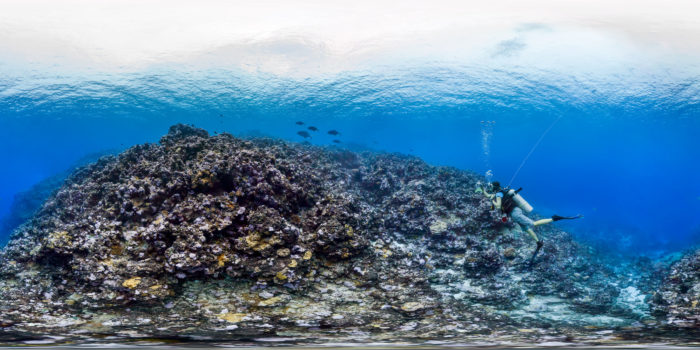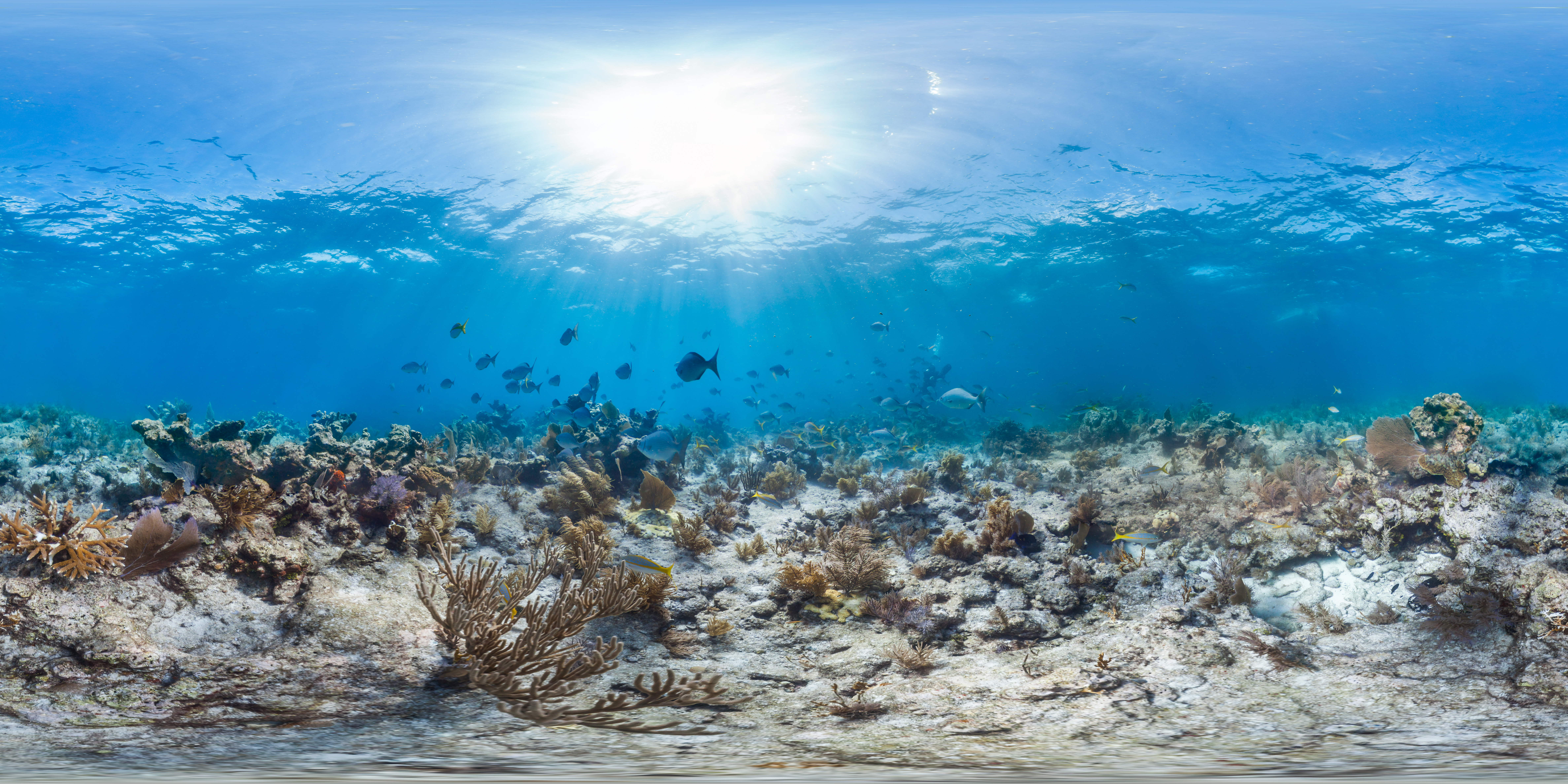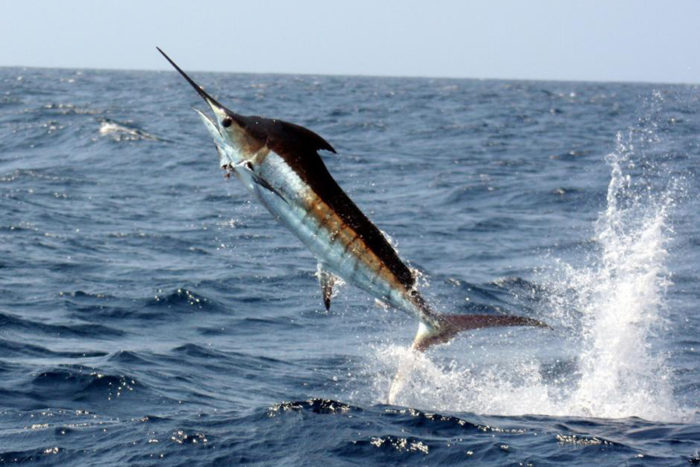American Samoa
Rose Atoll
About
Designated: January 6, 2009
Area: 13,581 mi²
Located in the waters between Hawaii and New Zealand in the heart of Polynesia’s oldest culture, National Marine Sanctuary of American Samoa is the system’s largest sanctuary, and its most remote, with the world’s oldest and largest Porites coral heads. Rose Atoll Marine National Monument was incorporated as part of the National Marine Sanctuary of American Samoa during its expansion in 2012.
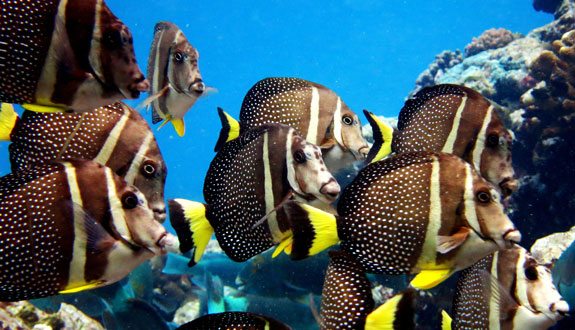
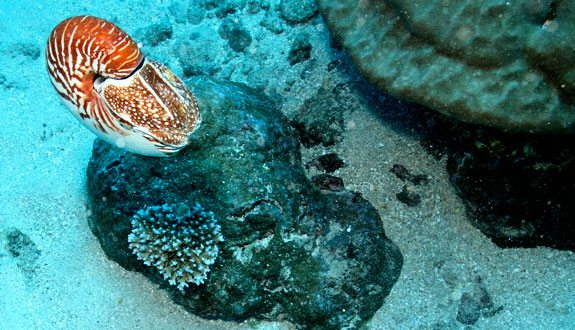

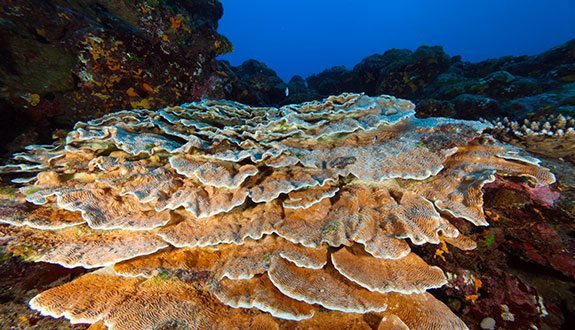
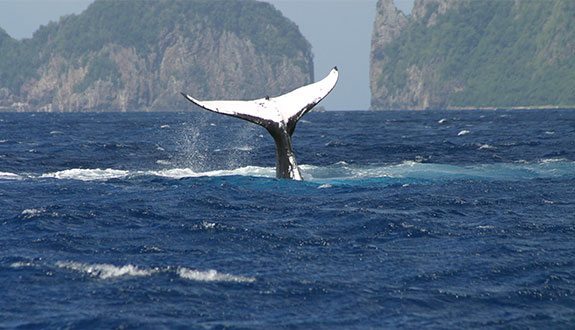
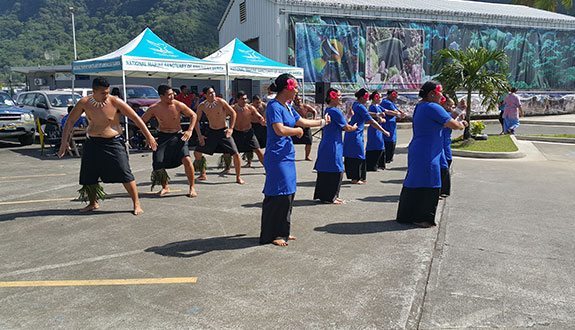
Rose Atoll remains one of the most pristine atolls (ring-shaped reefs) in the world. The marine environment around Rose Atoll supports a dynamic reef ecosystem that is home to a diverse assemblage of marine species, many of which are threatened or endangered. One of the most striking features of Rose Atoll is the pink hue of fringing reef caused by the dominance of coralline algae, which is the primary reef-building species. Though there are roughly 100 species of stony corals, the shallow reefs are dominated by crustose coralline algae, making them distinctive from those found in other Samoan islands.
Rose Atoll provides isolated, undisturbed nesting grounds for green and hawksbill turtles and contains the largest number of nesting turtles in American Samoa. The waters within and surrounding the Rose Atoll Monument are frequented by numerous large predators such as whitetip, blacktip, and gray reef sharks, snappers, jacks, groupers, and barracudas. Species that have faced depletion elsewhere, some of which have declined worldwide by as much as 98 percent, are found in abundance at Rose Atoll, including giant clams, Maori wrasse, large parrotfishes, and blacktip, whitetip, and gray reef sharks. Humpback whales, pilot whales, and porpoise have all been spotted at Rose Atoll. There are 272 species of reef fish living within the monument area, with seven species described for the first time by scientists at Rose. Few relatively undisturbed islands remain in the world and Rose Atoll is one of the last remaining refuges for the seabird and turtle species of the Central Pacific.

